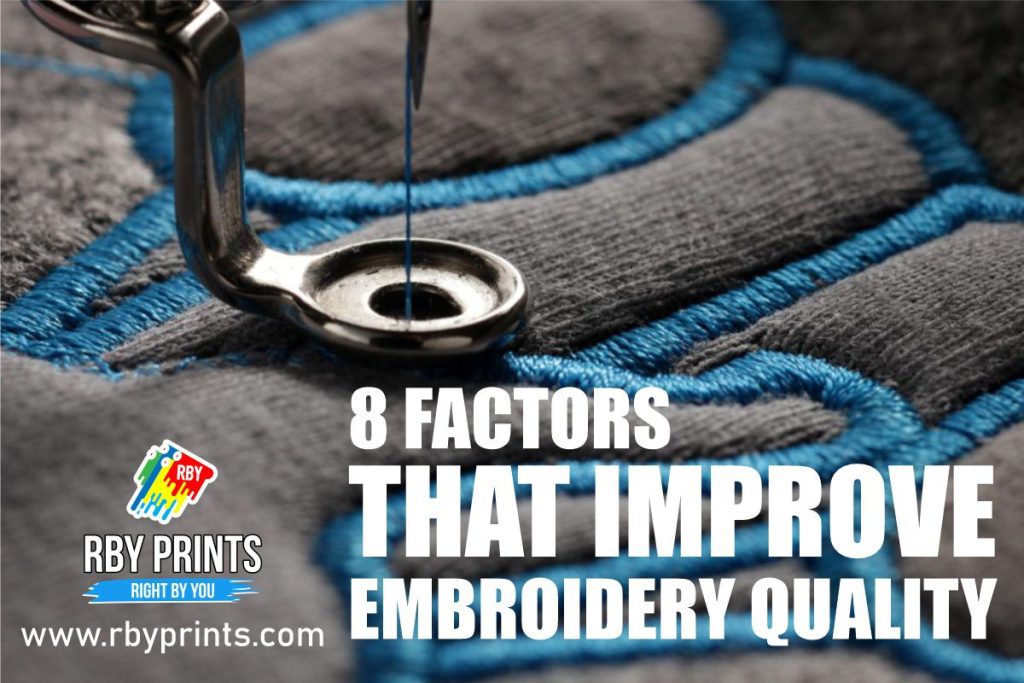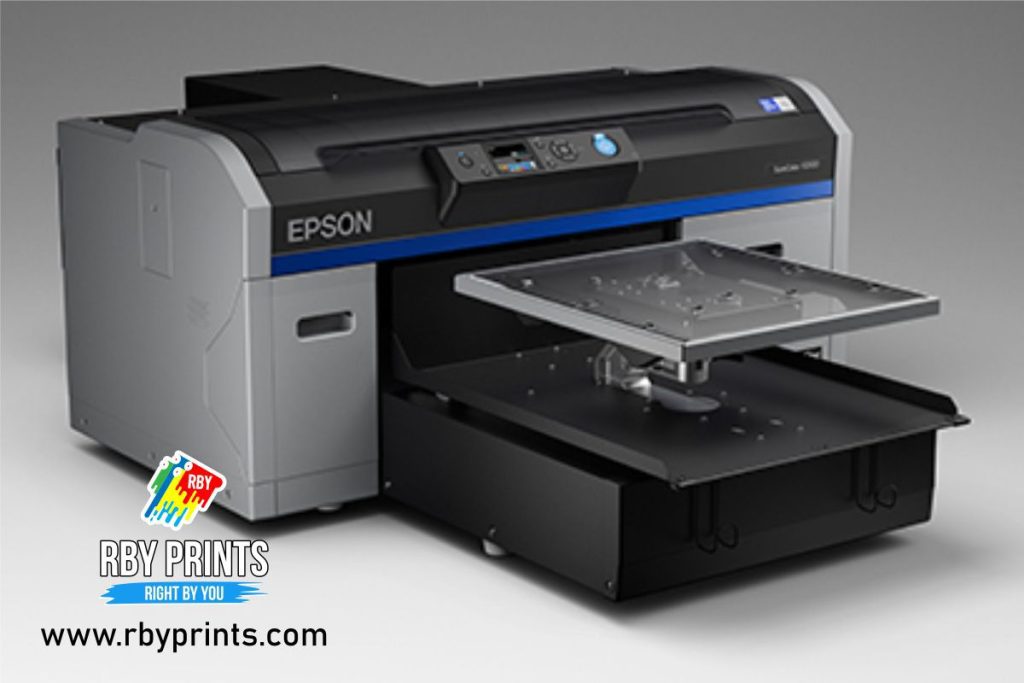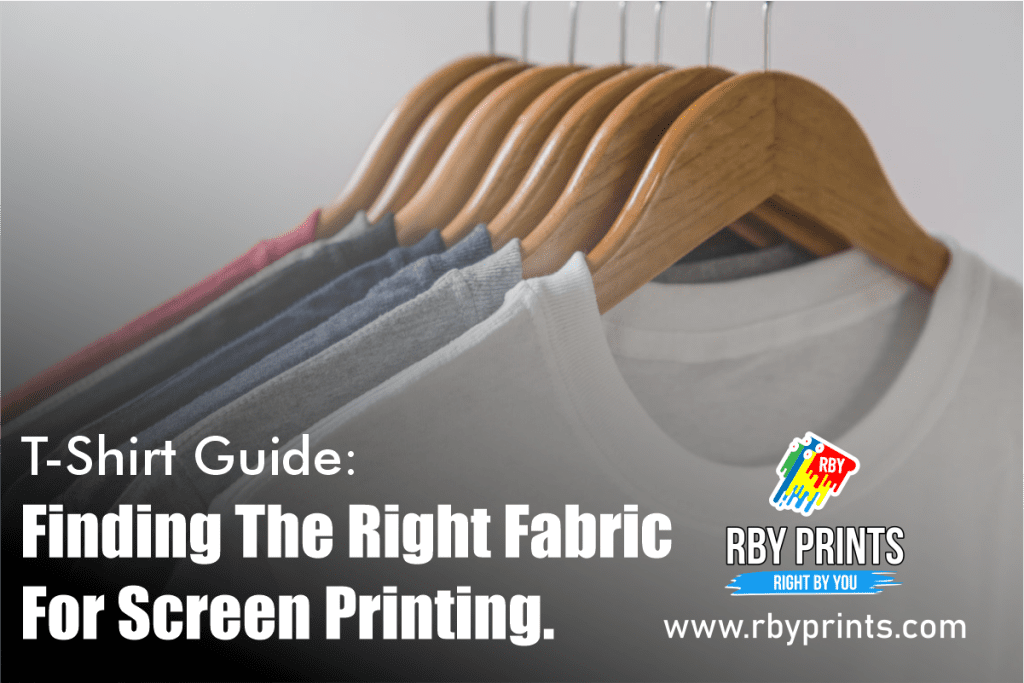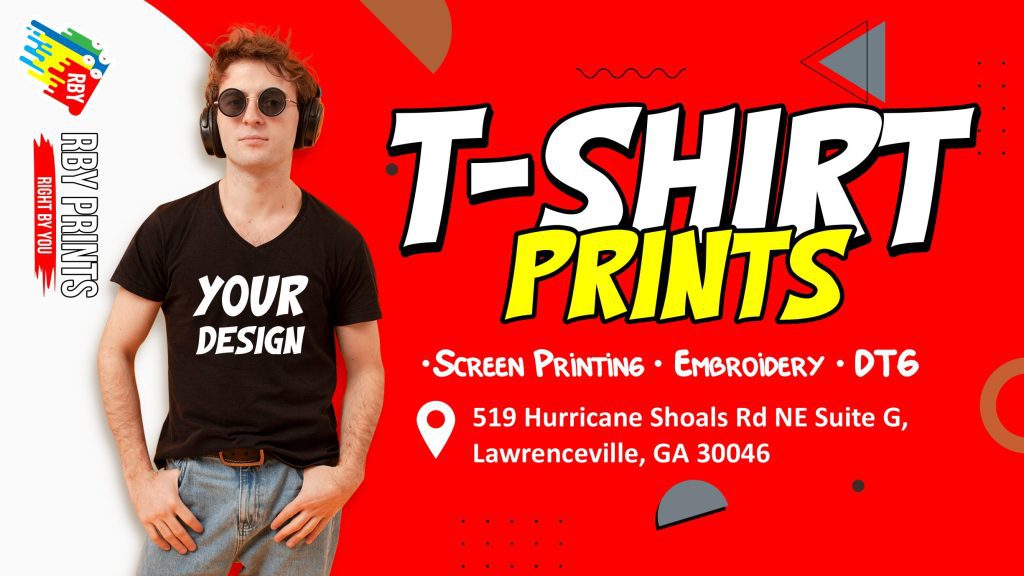Imagine starting a new job and being handed a uniform with a poorly embroidered logo on it. It’s going to leave you with a bad impression of your new employer. Not only do they not take pride in the way they present their brand, but they’re also handing you a uniform you’re not proud to put on in the morning.
Producing high-quality branded clothing and workwear, and therefore broadcasting the right message to your employees and customers, is all down to the embroidery techniques a supplier uses. In this article, we talk you through 8 factors we use to guarantee a flawless embroidered finish for your corporate clothing.
Needle
Imagine trying to draw a detailed portrait with a blunt, heavy-weighted pencil. There’s no way you’ll be able to capture the intricate details. Similarly, replicating the finer details of your brand’s logo in stitching requires a high-quality, sharp needle that’s the right gauge for the job.
Backing Paper
If you’ve ever written in a notebook without any padding, you’ll know the quality of your handwriting usually suffers. But when you place a few sheets of paper behind as padding your writing looks much better. It’s the same with embroidery. Maximising the quality of your embroidered logo requires the right type of backing paper, with an adequate thickness, to ensure the fabric doesn’t pulsate and harm the quality of your logo.
Thread Quality
There are two key reasons to choose high-quality threads. First, lower quality threads are more likely to break during production, which can cause imperfections in the detail of the logo. Second, lower quality threads are also more unpredictable in the dyeing process, which can cause inconsistencies in Pantone colour and cause your logo to look off-brand.
Upper Thread Tension
When it comes to thread tension, it’s all about finding the right balance. With upper threads, if the tension is too tight there will be multiple thread breakages. If it’s too loose, on the other hand, the embroidery will be plagued with loops across the surface.
Bobbin (Lower Thread) Tension
Getting the right balance of lower thread tension ensures the embroidery stays locked together. When it’s too loose, it’ll impact the upper thread tension and cause loops. When it’s too tight, it’ll pull the logo into the fabric, which will not only make the logo look sunken (a bit like an inside out umbrella!), but also potentially damage the fabric.
Framing
As with thread tension, it’s also important to get the tightness of the framing right. If it’s wrong, it can lead to puckering, which negatively impacts the quality of detail in the embroidery. If you’ve ever seen the effects of pulling a loose thread from a pair of trousers, you’ll know what this looks like. By getting the balance right, we ensure your logo is on-brand and instantly recognisable.
Artwork Digitisation
It’s also important to use state-of-the-art technology in the embroidery process. The reason for this is that software allows us to replicate your logo and brand artwork to a much higher degree of accuracy. The better the technology, the better the final outcome.
Machine Quality
Embroidery is ultimately a mechanical process. Therefore, using subpar machinery to do the job will lead to subpar results. For this reason, it’s important to use high-quality machines, constantly tweak the settings to optimise for superior results and ensure machines are regularly serviced by qualified engineers.
Wrap up
It’s no easy feat delivering flawless embroidery. That’s why we scour the UK for the most talented embroiders we can find. This way, we can guarantee you’ll get on-brand, on-point, on-time, every time.
If you’re looking for a clothing supplier who will nail every step of the embroidery process and deliver superior branded clothing that maintains your brand image, fill in the contact form below to get in touch with one of our clothing experts. They’ll be happy to help.
Do you Need Embroidery Service ?, Click Here!!




